When Jumbo Was Toast of the Town

Collection of the John and Mable Ringling Museum of Art, Tibbals Collection
May Wirth (1894-1978) was billed as "the world’s greatest female bareback rider."
From: nytimes.com
By GLENN COLLINS
September 20, 2012
Ladies and gentlemen, children of all ages, direct your gaze to this thin circlet of elephant tusk from 1885. Its spidery inscription reads “Jumbo King of Elephants.” It is a relic of both the 13-foot-tall Jumbo and a lost golden age, when the circus was New York City’s most popular entertainment.
Scholars of the arts in New York have long ignored the circus in favor of the city’s theatrical, musical and literary histories. But an ambitious new exhibition aims to fill that void. “Circus and the City: New York 1793-2010,” opening on Friday at the Bard Graduate Center Galleries, chronicles the rise, triumph and ultimate fragmentation of the circus through the lens of the city, making the case that the circus transformed entertainment, media and advertising and that the city itself played an important role in the evolution of the American circus.
“Circus has primarily been thought of as a global and national phenomenon,” said Matthew Wittmann, curator of the show. “But New York City was an incubator for circus since it first arrived in America.”
Geography mattered. “A lot of circus people and animals first came through the port of New York,” said Susan Weber, the founder and director of the Bard Center, who helped assemble the exhibition. “And many of the features associated with the American circus were developed or adapted in New York.”
Those include, according to Dr. Wittmann, the American debut of the flying trapeze; the proliferation of thrill acts involving cannons and bicycles; the advent of the three-ring circus; and, in 1796, the introduction of the first elephant to America.
The $250,000 exhibition advances its thesis in formidable detail. There are 222 props, prints, costumes, paintings, sculptures, photographs, posters and other artifacts in a 3,000-square-foot gallery space arrayed over three floors. The three-year effort to mount the show has also produced two colorful books: a massive, 472-page history, “The American Circus” (Yale University Press, $65), and a 208-page exhibition catalog
Circus buffs and fan magazines have kept big-top lore alive, but until recently many museums and historical societies did not deem the itinerant, ephemeral circus worthy of documenting or preserving. “We know much about the development of the arts in New York City, but we know very little about the development of the circus,” said LaVahn G. Hoh, a circus historian who is professor of drama at the University of Virginia (and is not connected to the exhibition).
READ MORE AT:
http://www.nytimes.com/2012/09/21/nyregion/circus-and-the-city-at-bard-graduate-center-galleries.html?pagewanted=all&_moc.semityn.www
Circus buffs and fan magazines have kept big-top lore alive, but until recently many museums and historical societies did not deem the itinerant, ephemeral circus worthy of documenting or preserving. “We know much about the development of the arts in New York City, but we know very little about the development of the circus,” said LaVahn G. Hoh, a circus historian who is professor of drama at the University of Virginia (and is not connected to the exhibition).
READ MORE AT:
http://www.nytimes.com/2012/09/21/nyregion/circus-and-the-city-at-bard-graduate-center-galleries.html?pagewanted=all&_moc.semityn.www



























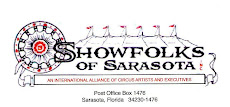

















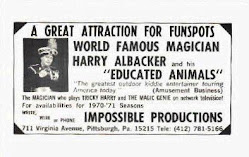

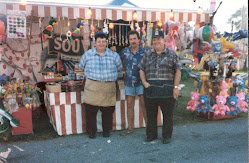




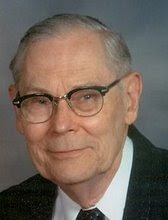
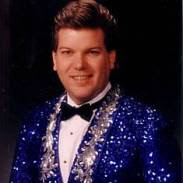


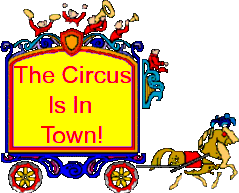


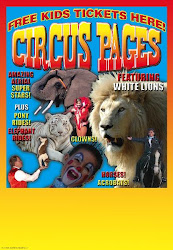

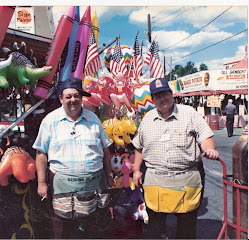
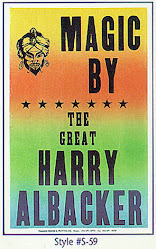











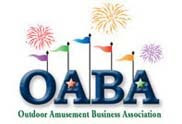



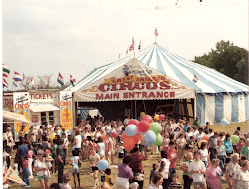









No comments:
Post a Comment